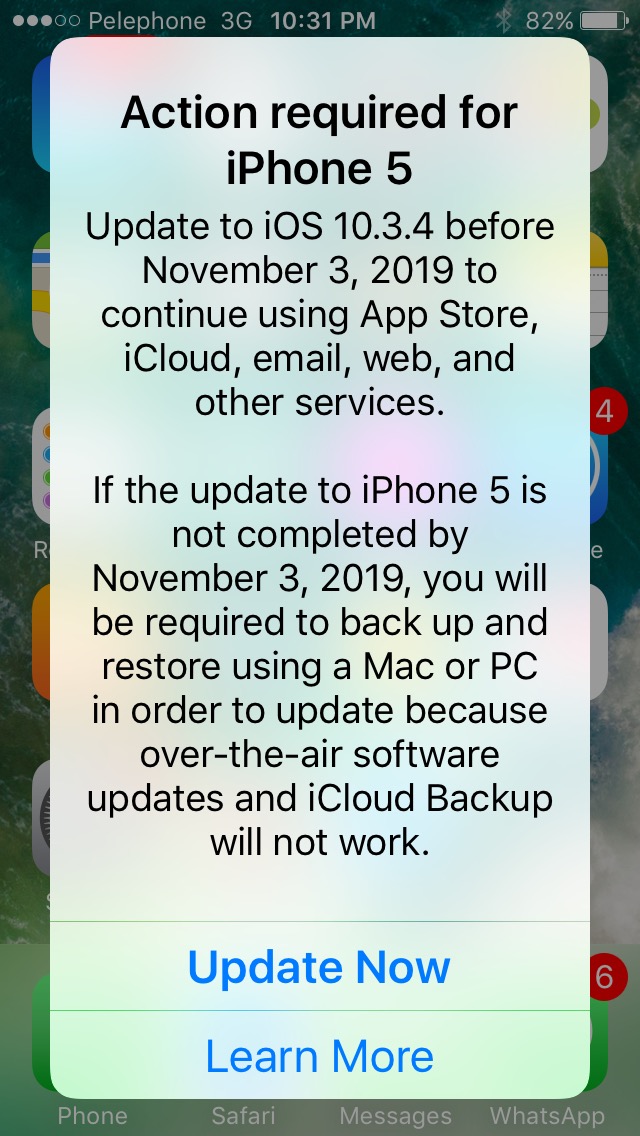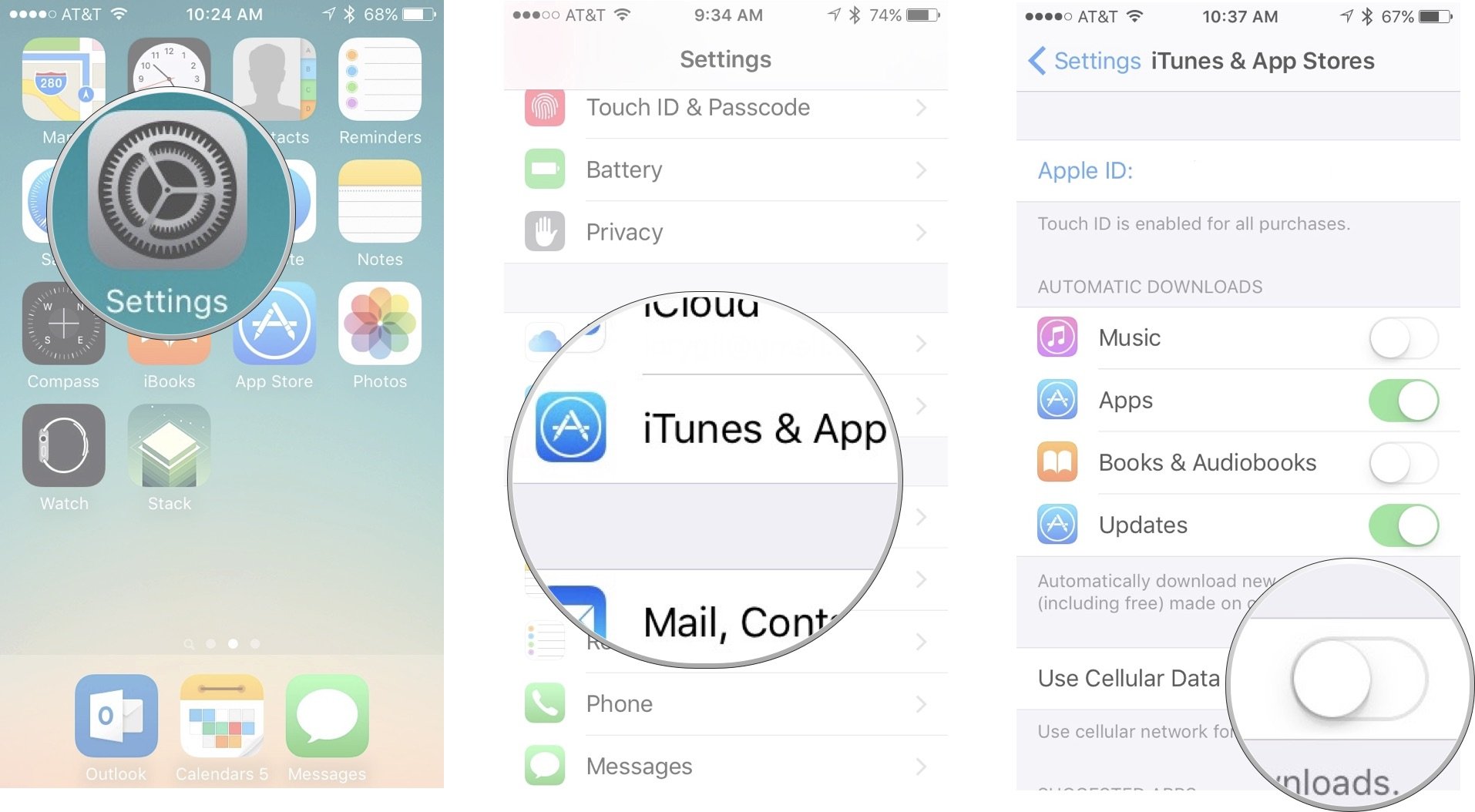Complain about “can’t delete apps on iPhone“ has been on the increase, some even say they couldn’t delete the apps after using iCloud. This problem may arise due to iOS update problems which occur after updating to iOS 11. Irrespective of the reason behind this, this article will expose you to ways you can solve this problem. Below are tips that will help you out.
Feb 18, 2014 Last time, I was using my father's apple id for the appstore on my macbook pro. (Now, i have my own apple id.) Sometimes when there's apps that i want to update, a window would pop out to ask me to sign into my father's apple id, but i want to update the apps using my own apple id.
Why Can’t I Delete Apps on My iPhone?
Before looking into the solutions for this problem, lets us examine the causes. The following are some of the reason why you couldn’t delete apps on your iPhone.

- Apps are faulty
- Apps got stuck in waiting status
- Didn’t enable “deleting apps” on restrictions
- Not enough memory for app updates
- Apps were disconnected half way while syncing with iTunes
- Network was disconnected halfway when installing app updates
iOS 12 Can’t Delete Apps iPhone? The Efficient Ways to Fix
1. Restart iPhone
There are some cases whereby you want to delete an icon from your home screen, but couldn’t delete them after several trials. Maybe you were unable to get the “X” to appear on the home screen. Sometimes, all you have to do is restart your device.
Step 1: Press the Sleep/Wake tab, hold it until you see the option Slide to power off.
Step 2: Slide the 'slide to power off' button from left to right and wait while your device goes off.
Step 3: Wait for about 15 seconds, then press and hold the Sleep/Wake tab for the second time to switch it back on.
2. Allow Deleting Apps on Restrictions
You may have issues deleting apps on your device because of a restriction setting. Maybe the setting was set accidentally and then left uncorrected. Follow the steps below.
Step 1: Go to Settings > General > Restrictions.
Step 2: Type the password set for restrictions.
Step 3: Put the Deleting Apps setting as ON to make the X appear.
You can remove apps from your phone without any difficulty provided the setting is on.
3. Delete Apps from Settings
If you have issues deleting apps from your device, then you can try uninstalling the apps from settings.
Step 1: Go to Settings > General > iPhone Storage.
Step 2: All your apps will be shown there.
Step 3: Find and app that you want to delete and tap on it.
Step 4: Tap on Delete App and confirm it.
iOS 12 have a feature called Offload Unused Apps which will automatically uninstall unused assp from your iPhone when you are low in storage. But don't worry, the documents and data will be saved. To turn it on, go to Settings > General > iPhone Storage. If you want to set it up just for some specific apps, you can tap the app the choose Offload App.
4. Delete App in Bulk without Any Difficulty
Except that, you can also consider the way to delete apps on computer, which is much easier as you can uninstall apps in batch. So you may want to know the iPhone data erasing program called iMyFone Umate Pro Win/Mac which allows you to access iPhone files and permanently wipe data from iPhone.
Key Features:
- Preview and uninstall apps in bulk just in one click.
- Make Your iPhone Clean: All the junk, cache, logs and other useless files will be cleared from your iPhone, which is just 3 steps away.
- Erase iPhone Files: Any private files and previously deleted files previewed and permanently deleted from iPhone, without any change of recovery. (3rd-party apps data are included)
- Manage Your Media: You can export, delete, losslessly compress iPhone photos, and backup, delete audio and videos files.
Can’t Delete Apps on iPhone? Use Umate Pro Instead!
Step 1: On your PC, download and install iMyFone Umate Pro, then plug in your iOS device using a cable.
Step 2: Tap the Apps button from the home interface on Umate Pro. It will begin to scan your iPhone and show up all the apps on your iPhone.
Step 3: Check the apps you want to remove from your device and press the Remove. Then all the selected apps will be removed from your iPhone.
There are over two million apps on the App Store, but you don’t want them all on your iPhone at the same time. If your iPhone 11 or iPhone X is running out of storage, find out how to delete some apps to free up more space.
Here are all the ways to do it, along with troubleshooting tips for when you can’t delete apps from your iPhone.

Apps Won't Update On Iphone
Contents
- 1 How To Delete Apps on Your iPhone
- 2 What to Do If You Can’t Delete Apps From Your iPhone
- 3 There Are Other Ways to Clear Storage on Your iPhone
Related:
How To Delete Apps on Your iPhone
Deleting apps in iOS used to be fairly straightforward: just tap and hold the app icon on your Home screen, then hit the X that appears when the apps start to wiggle.
But these days, there are a few different ways to delete apps from your iPhone.
1. Open the Home Screen Quick Action Menu
From the Home screen on your iPhone, tap and hold an app icon to reveal a quick action menu. With an iPhone X, you can even press firmly on an app to reveal this menu using 3D touch.
The exact menu options vary depending on the particular app. But at the bottom of the menu, you should see an option to Delete App. Tap it, then confirm you want to Delete the app in the following alert.
2. Edit the Home Screen to Delete Lots of Apps Quickly
If you want to delete lots of apps at the same time, you should tap Edit Home Screen from the quick action menu instead. Find this option near the Delete App button, after tapping and holding an app icon from the Home screen.
Once you tap Edit Home Screen every app starts wiggling, allowing you to drag-and-drop them to different positions on your Home screen. You should also see X buttons appear in the top-left corner of apps as well.
Tap an X button then confirm you want to Delete the app in the pop-up alert.
3. Delete Apps From the iPhone Storage Settings
Another convenient way to delete apps from your iPhone 11 or iPhone X is from the Settings. Go to Settings > General > iPhone Storage to load a list of all the apps on your iPhone.
Tap a particular app to reveal more information about it, including options to Offload App or Delete App.
Use Offload App if you plan to use an app again in the future, but don’t want it taking up space on your iPhone right now. This saves your personal data and keeps the app icon on the Home screen while removing the app data itself.
Can't Update Apps On My Iphone Using Mac Free
Alternatively, use Delete App to delete the entire app and all your data for it. This is the best option if you don’t ever plan to use that app again.
What to Do If You Can’t Delete Apps From Your iPhone
Sometimes your iPhone doesn’t let you delete apps, no matter which of the above methods you use. When this is the case, you can usually fix it by tweaking some of the settings on your iPhone 11 or iPhone X.
Can't Update My Iphone 5
It’s Not Possible to Delete Some of Apple’s Built-In Apps
With iOS 12, Apple made it possible to delete many built-in iPhone apps, such as Mail, Calendar, Reminders, and more.
However, there are still plenty of built-in Apple apps that it’s impossible to delete. These include:
- App Store
- Camera
- Clock
- Find My
- Health
- Messages
- Phone
- Photos
- Settings
Although you can’t delete these apps, you can add them all to a single folder and hide it on a separate Home screen.
Update and Restart Your iPhone
If it should be possible to delete your app, you might need to update the software on your iPhone and restart it first.
Go to Settings > General > Software Update to check for new updates to iOS. Download and install any available updates.
When your iPhone 11 or iPhone X is up-to-date, press and hold the Side button with either Volume button. When prompted, slide to power off your iPhone.
Wait at least 30 seconds after your iPhone finishes powering off before pressing the Side button again to restart it.
Disable Content & Privacy Restrictions in Screen Time
Perhaps you can’t delete apps on your iPhone 11 or iPhone X because of your Content & Privacy Restrictions. These settings are usually turned on for children’s devices, to limit adult content.
Go to Settings > Screen Time > Content & Privacy Restrictions. Turn off the Content & Privacy Restrictions button at the top of the page. If prompted, enter your Screen Time passcode, which may be different from your normal iPhone passcode.
If you want to keep Content & Privacy Restrictions on, but still want to delete apps, change the following settings:
- Go to Settings > Screen Time > Content & Privacy Restrictions.
- Go to iTunes & App Store Purchases.
- If prompted, enter your Screen Time passcode.
- Tap Deleting Apps and set it to Allow.
Adjust the Accessibility Touch Settings
If you can’t open the quick action menu to delete apps or edit your Home screen, you might need to adjust the Touch settings on your iPhone.
These affect how quickly the menu appears or how firmly you need to press for 3D touch.
Go to Settings > Accessibility > Touch > 3D and Haptic Touch. Beneath the Touch Duration section, change the length of time you need to tap and hold an app for the quick action menu to appear. You can test this on the picture at the bottom of the page.
On an iPhone X, you can also turn on 3D Touch and adjust the 3D Touch Sensitivity. If you don’t want to have to press as hard, change the sensitivity to Light.
There Are Other Ways to Clear Storage on Your iPhone
The main reason to delete apps from your iPhone 11 or iPhone X is to create more free storage on your device. But there are plenty of other things you can do to create more free storage as well, which might mean you can keep hold of more useful apps.
Find out what’s using up your iPhone storage from the General settings. Then take a look at this post to find out what to do if you’re losing a lot of space to “Other” or “System” on your iPhone.
Dan is a freelance writer based in South West England.
He spent two years supervising repairs as a Genius Admin for Apple Retail and uses that knowledge to keep our troubleshooting guides up to date.
Long before that, Dan turned to Apple products from a musical background. Having owned iPods for years, he bought a MacBook to learn sound recording and production. It was using those skills that he gained a first-class Bachelor of Science in Sound Technology.